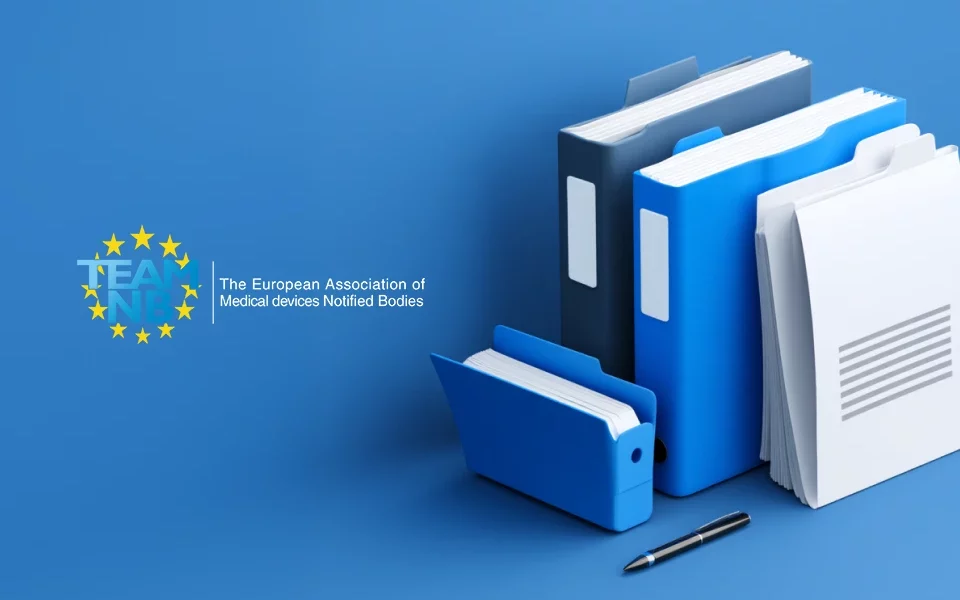Scope of the Team-NB guidance
The guidance elaborates on the structure and content of technical documentation in line with MDR Annexes II and III, covering:
- full device description, variants, and configurations,
- compliance with General Safety and Performance Requirements (GSPRs),
- non-clinical testing, clinical evaluation, and clinical evidence,
- post-market surveillance (PMS) and PMCF planning,
- labelling and instructions for use.
Recommendations from Team-NB
The document offers actionable insights to improve both document quality and review efficiency:
- Manufacturers should align documentation strictly with MDR format, avoiding legacy structures from MDD/IVDD submissions.
- Avoid generic templates, Documentation must be device-specific, reflecting intended purpose, clinical context, and risk profile.
- Strong links between sections (e.g., GSPR ↔ risk analysis, PMS ↔ PMCF) are essential for a credible and coherent dossier.
- Excessive annexes or scattered evidence should be avoided. The file should be easily navigable for reviewers.
- All documents should be version-controlled, dated, signed, and clearly referenced—formal gaps may lead to non-conformities.
Impact on manufacturers and notified bodies
The guidance enhances mutual understanding between stakeholders and helps reduce review timelines and documentation deficiencies. It supports a harmonised approach to MDR interpretation and contributes to improving the overall efficiency and predictability of the certification process across Europe.
Read the article: Best Practice Guidance for the Submission of Technical Documentation under Annex II and III of Medical Device Regulation (EU) 2017/745



